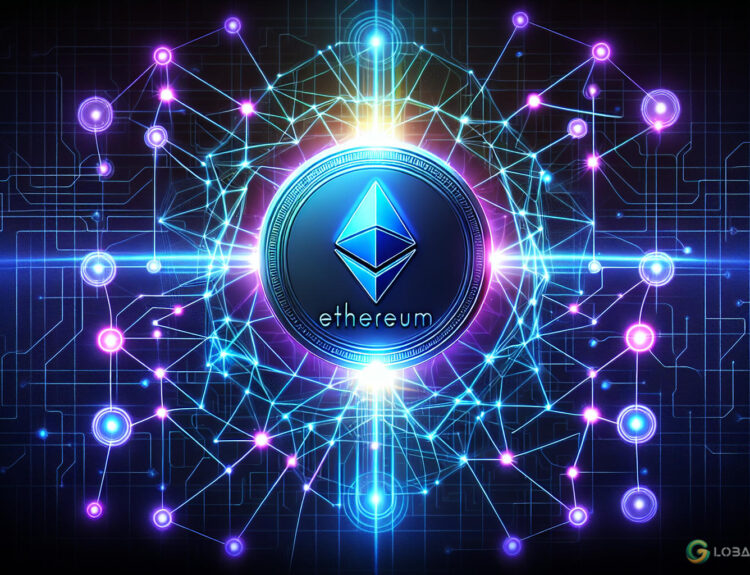Tokenization: Transforming the Financial Ecosystem with Digital Assets
Tokenization is revolutionizing the traditional financial ecosystem by digitizing assets and bringing new opportunities for investors. The market for tokenized assets is projected to reach $10 trillion by the end of the decade, driven by the increasing adoption of blockchain technology by traditional financial institutions. The Boston Consulting Group estimates that this market could grow to $16 trillion by 2030.
What is Tokenization in Crypto?
Tokenization in crypto involves converting real-world assets like stocks, bonds, real estate, and physical goods into digital tokens on a blockchain. These tokens represent ownership of the underlying asset and can be easily traded or transferred, introducing liquidity to traditionally illiquid markets.
How Does Tokenization Work?
– **Asset Selection**: An issuer selects an asset to be tokenized, such as real estate or commodities.
– **Tokenization Process**: The asset is divided into digital tokens using smart contracts.
– **Issuance**: Tokens are issued on a blockchain, each unique and containing metadata about the asset.
– **Trading and Ownership**: Tokens can be traded on blockchain platforms, with ownership recorded on the blockchain.
– **Redemption**: Token holders may redeem their tokens for the underlying asset.
– **Regulatory Compliance**: Issuers ensure compliance with relevant regulations throughout the process.
Benefits of Tokenization
– **Increase Accessibility**: Fractional ownership allows smaller investors to access assets that were once out of reach.
– **Enhance Liquidity**: Tokenization makes illiquid assets more liquid, reducing transaction times and costs.
– **Improve Efficiency**: Streamlining processes and removing intermediaries increases the efficiency of asset transfer.
– **Enable Borderless Transactions**: Blockchain tokens can be traded globally without intermediaries.
– **Enhance Security**: Blockchain provides a secure and transparent ledger for tracking ownership and transactions.
How to Invest in Tokenization
– **Buy Tokenized Stocks**: Purchase tokenized stocks of well-known companies on crypto exchanges.
– **Invest in Tokenization Ventures**: Consider projects focused on tokenization with strong potential for growth.
– **Acquire Layer-1 Tokens**: Purchase blockchain tokens of platforms enabling tokenization like Ethereum, Solana, Avalanche, and BNB Chain.
– **Invest in ETPs**: Exchange-traded products provide exposure to tokenized assets.
Tokenization Platforms
– **Backed**
– **Maple**
– **Matrixdock**
– **Ondo**
– **Polymath Network**
– **Securitize**
Risks and Challenges of Tokenization
– **Regulatory Risks**: Evolving regulations could impact the value and legality of tokenized assets.
– **Market Volatility**: Crypto market volatility can lead to sudden price changes.
– **Security Risks**: Digital assets are susceptible to hacking and security breaches.
– **Lack of Liquidity**: Some tokenized assets may have limited liquidity.
– **Technology Risks**: Risks associated with blockchain bugs and technical issues.
While the tokenization market shows promising growth, it’s essential to be cautious and understand the risks involved before investing in tokenization. Explore the opportunities that tokenization brings, but always proceed with care and diligence.
























